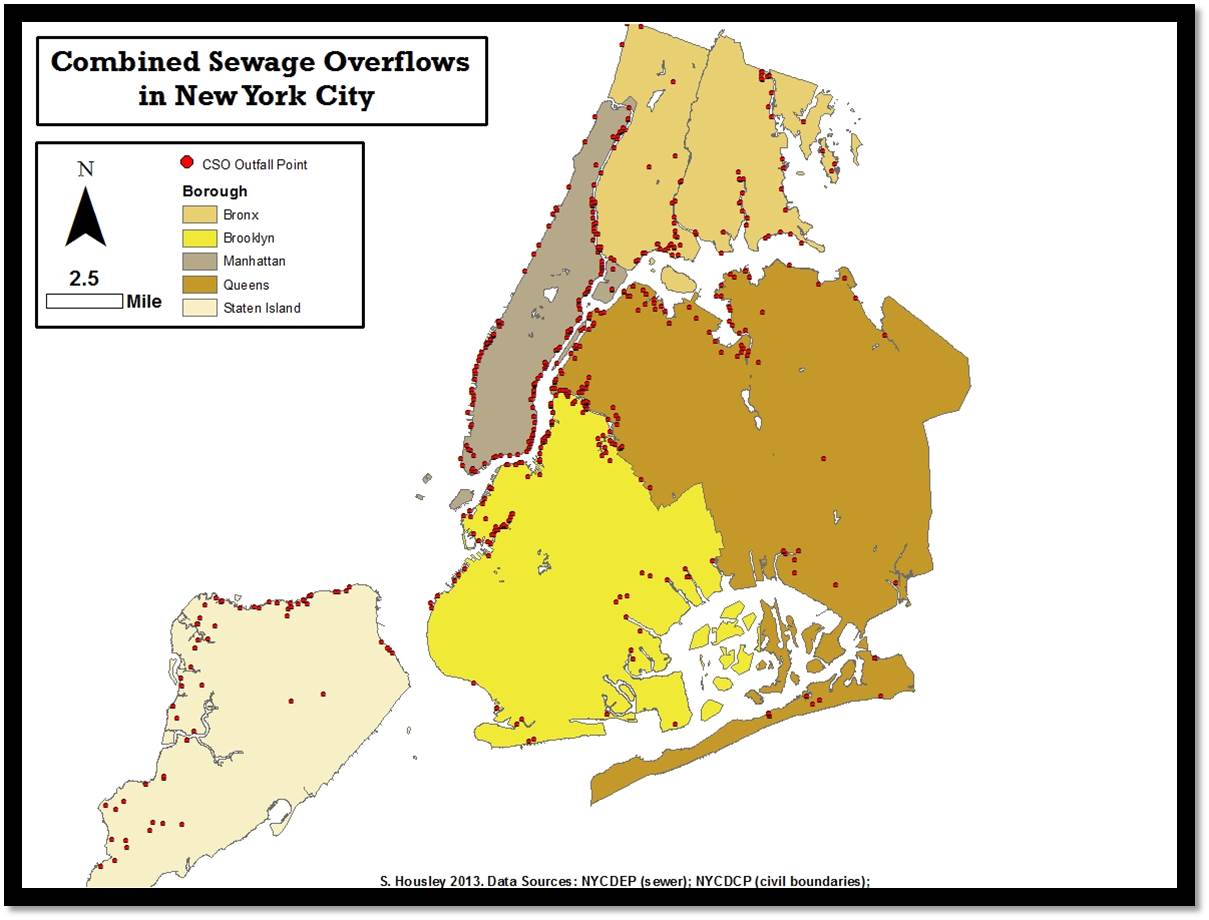


Dry weather channels (DWCs) can be used as a passive technology aimed at the reduction of solids mass accumulation by increasing the dry weather flow depth and forward flow velocity, and subsequently decreasing the wet perimeter length ( Sonnen 1977).

More creative approaches exist which focus on water quality improvement and dry weather flow sedimentation reduction, in turn leading to a decreased first flush mass flux of contaminants. Several methodologies exist to reduce the impacts of combined sewer overflows (CSOs) and sanitary sewer overflows (SSOs) during wet weather events, such as: storm water separation surface and subsurface storage facilities and employing real-time controls to direct and regulate system flows. ≤2.0 ft/sec, 0.6 m/s Sonnen 1977 Ten State Standards 2004), shallow depths, and increased wet perimeter lengths. Within the collection system, larger diameter conduits tend to suffer more from sedimentation due to non-fully developed flow regimes, low forward flow velocities (i.e. From a hydrologic standpoint, it is debatable whether first flush exists or not ( Hager 2001). In the context of this work, the term first flush is used to specifically describe the fate and transport of the solids within the collection system during the initial rainfall it does not describe the solids transport overland which could be entering the collection system. Typically, the most environmentally disruptive part of a combined sewer overflow is the first flush phase, where settled solids from normal dry weather sedimentation are sheared off the walls of the conduits and land surfaces due to elevated flow turbulence and higher velocities. 1 OverviewĪging combined sewer systems with assigned outflow structures can be large contributors to environmental pollutant loading during wet weather events. When comparing the existing system to the proposed system, modeling results at the CSO outflow point suggest that a DWC could reduce the solids discharged from the CSO by approximately 25% annually. The model was subsequently refined to incorporate the concept of uniform settling on the wetted surfaces within the collection system.

This paper describes how we employed a first order solids transport model from Willems (2009) to represent the settling and washoff rates within the collection system in conjunction with the P8 urban catchment model from Walker (1990) to model the influent mass rate from overland flow. A DWC is a collection system design feature that can be used to limit and reduce solids deposition within the collection system, by maintaining higher forward flow velocities during low flow while reducing the settleable surface area within the collection system for solids accumulation. Several strategies exist to ameliorate the solids discharged during the first flush period of an overflow event, with one strategy being the use of a dry weather channel (DWC). Settling solids upstream of a combined sewer overflow (CSO) have led to an undesirable odour issue in warm temperatures and elevated environmental pollutant loading during the first flush period of wet weather events.


 0 kommentar(er)
0 kommentar(er)
